
How to Bleed Brakes
George VondriskaGeorge Vondriska teaches you how to bleed brakes with a vacuum or compressed air system when you don’t have a partner to help.
Share tips, start a discussion or ask one of our experts or other students a question.
Make a comment:
Already a member? Sign in
3 Responses to “How to Bleed Brakes”
Explore videos by George Vondriska
You may be interested in
Premium Membership
Unlock exclusive member content from our industry experts.
- 24/7 Access to Premium Videos, Tips, and Techniques
- Step-by-Step Instructional Demos, Guides, and Tutorials
- 50% Off Video Downloads Purchased in the Classic Car Restoration Shop
- Access to Ask the Expert Program
Unlock exclusive member content from our industry experts.
- 24/7 Access to Premium Videos, Tips, and Techniques
- Step-by-Step Instructional Demos, Guides, and Tutorials
- 2 Full-Length Video Downloads to Watch Offline
- 50% Off Video Downloads Purchased in the Classic Car Restoration Shop
- Access to Ask the Expert Program
Gold Membership
$304 Value
Get everything included in Premium plus exclusive Gold Membership benefits.
- 24/7 Access to Premium Videos, Tips, and Techniques
- Step-by-Step Instructional Demos, Guides, and Tutorials
- 10 Full-Length Video Downloads, added to your account, to Watch Offline
- ‘Wheel Bolt Circle’ Downloadable Guide, added to your account
- Discounts on Purchase-to-Own Content in the Classic Car Restoration Club Shop
- Access to Ask the Expert Program
Get exclusive premium content! Sign up for a membership now!
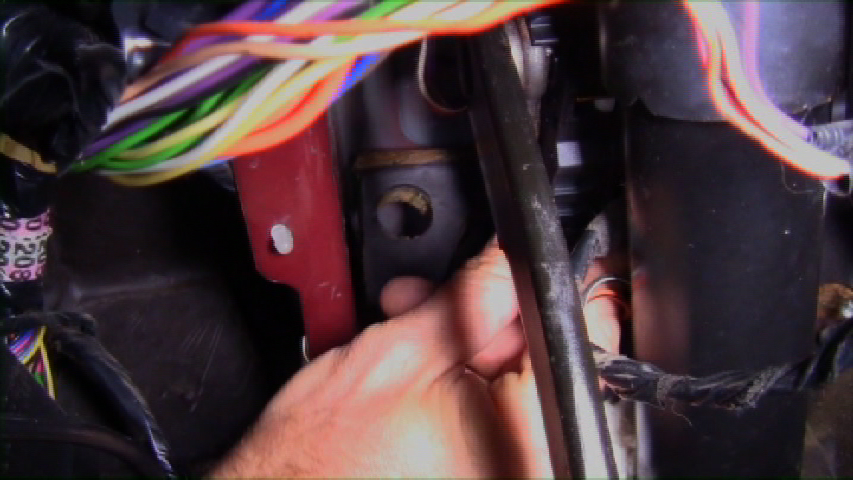
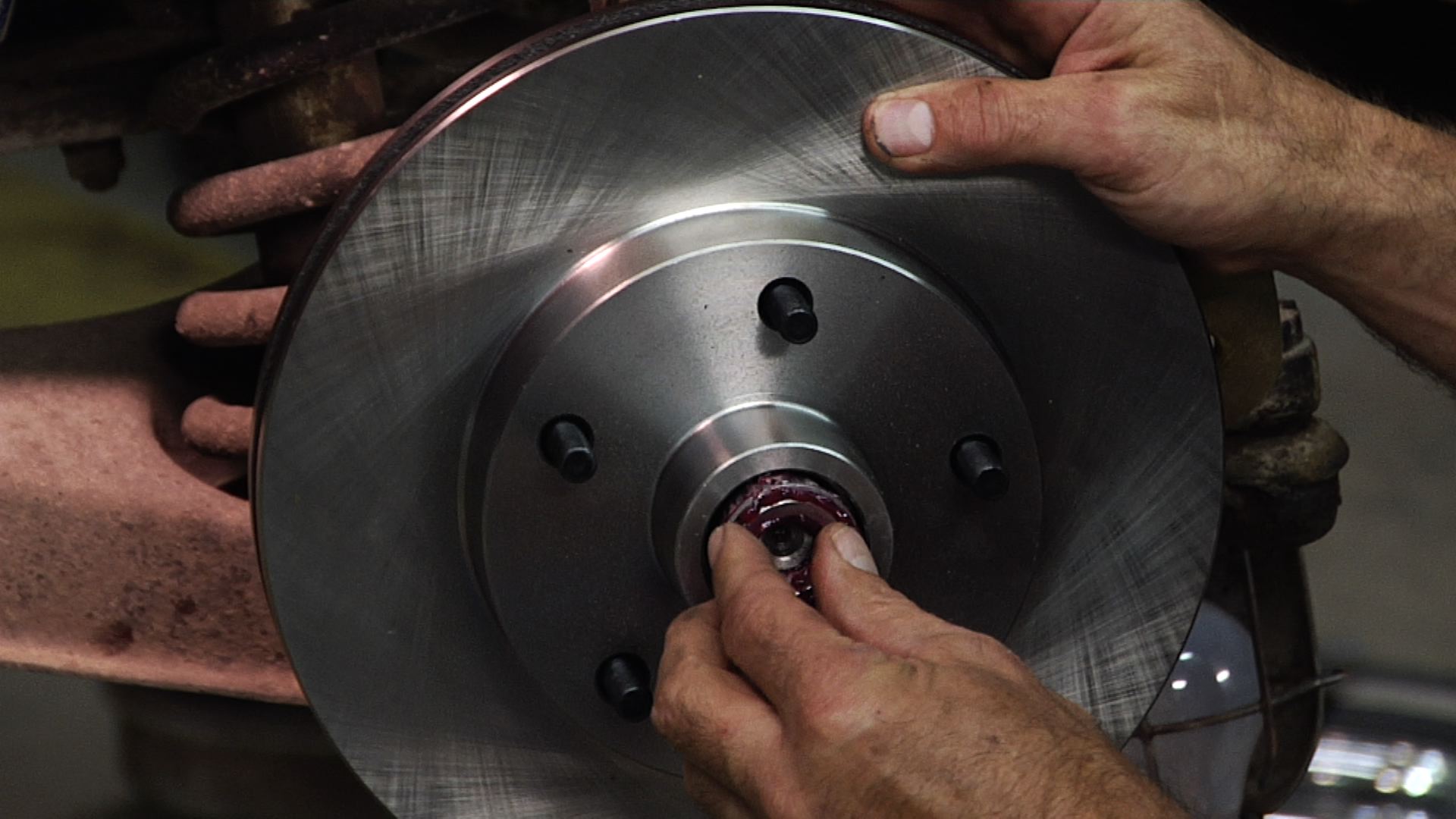
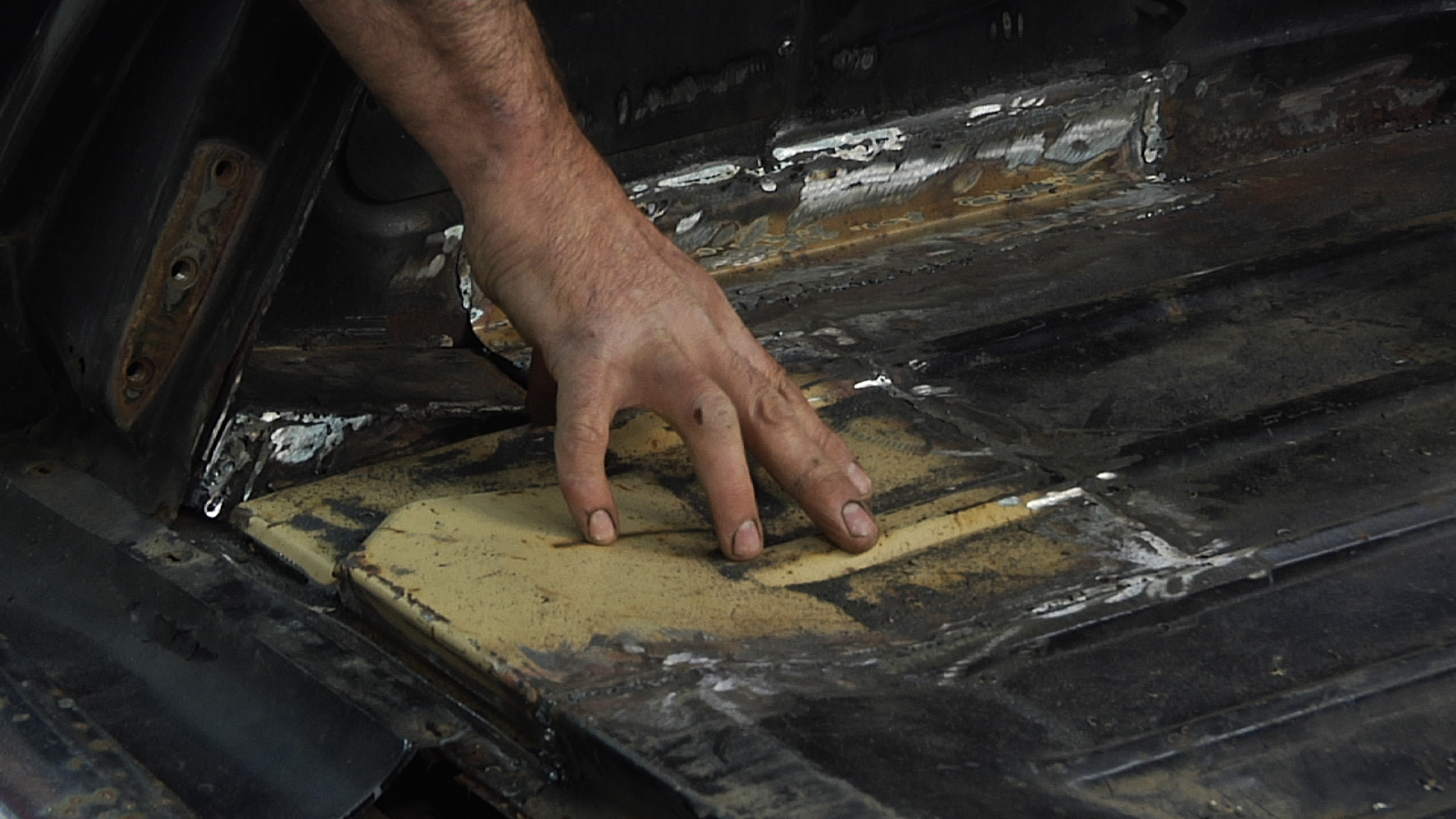
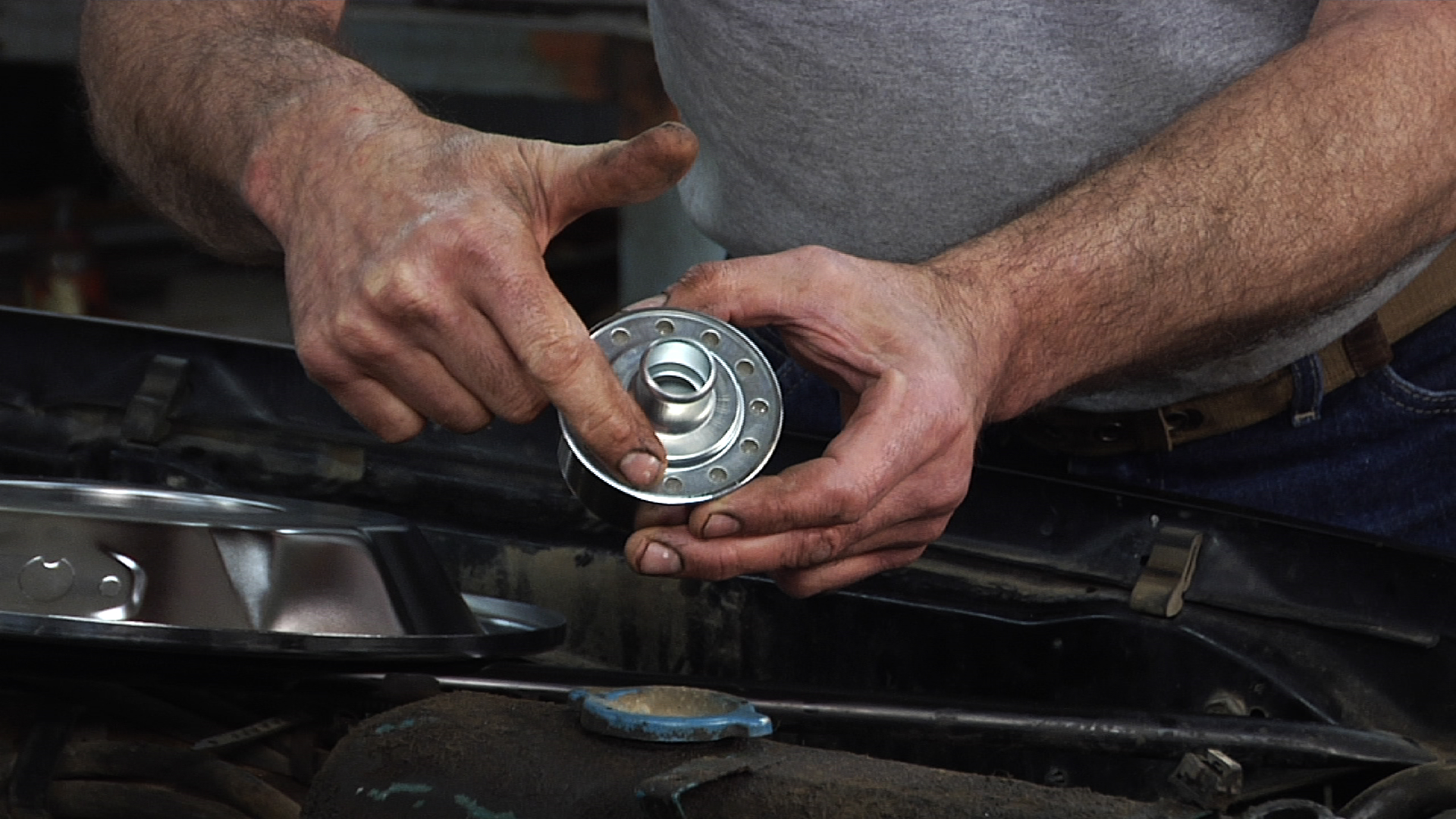
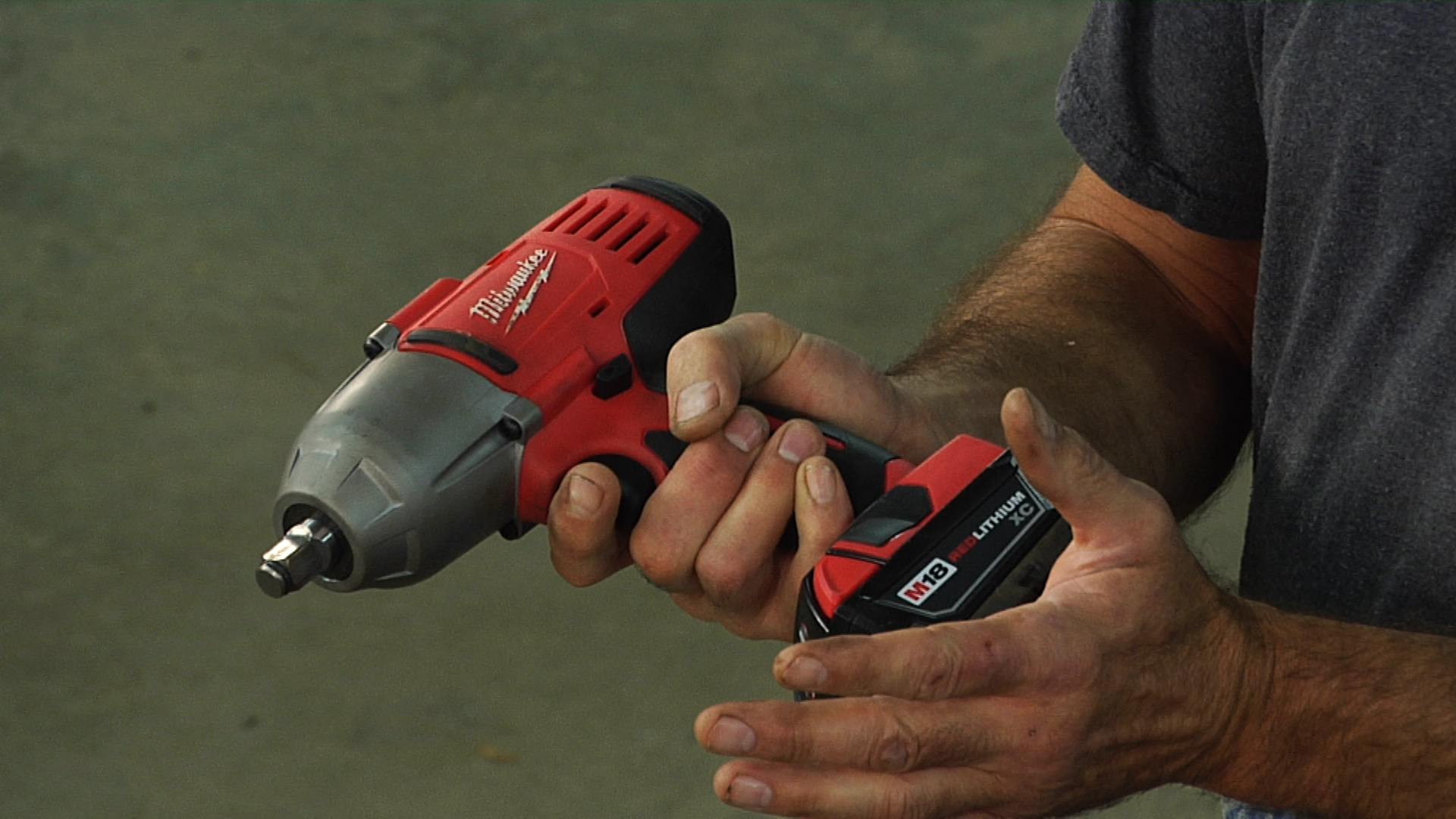
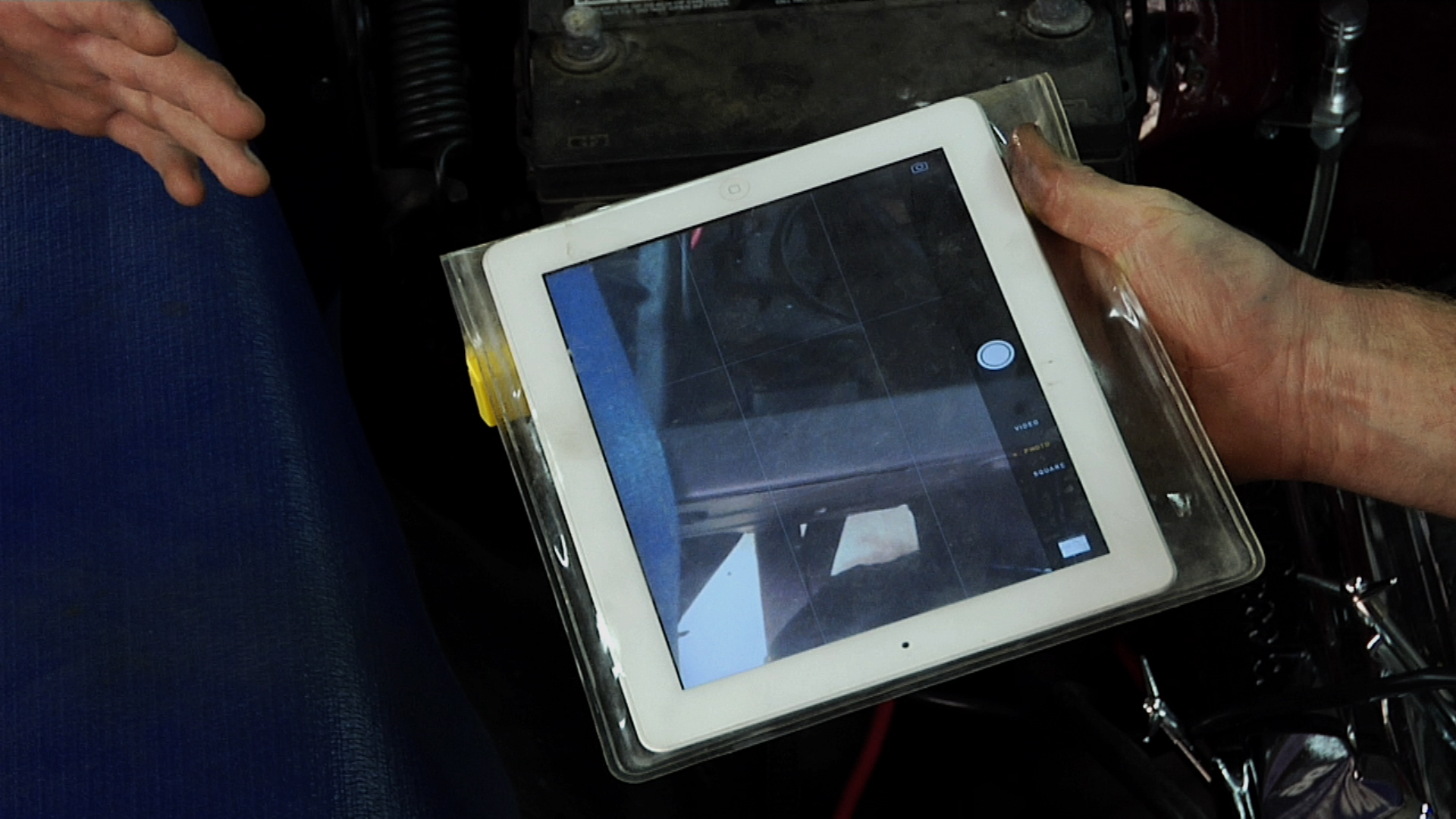
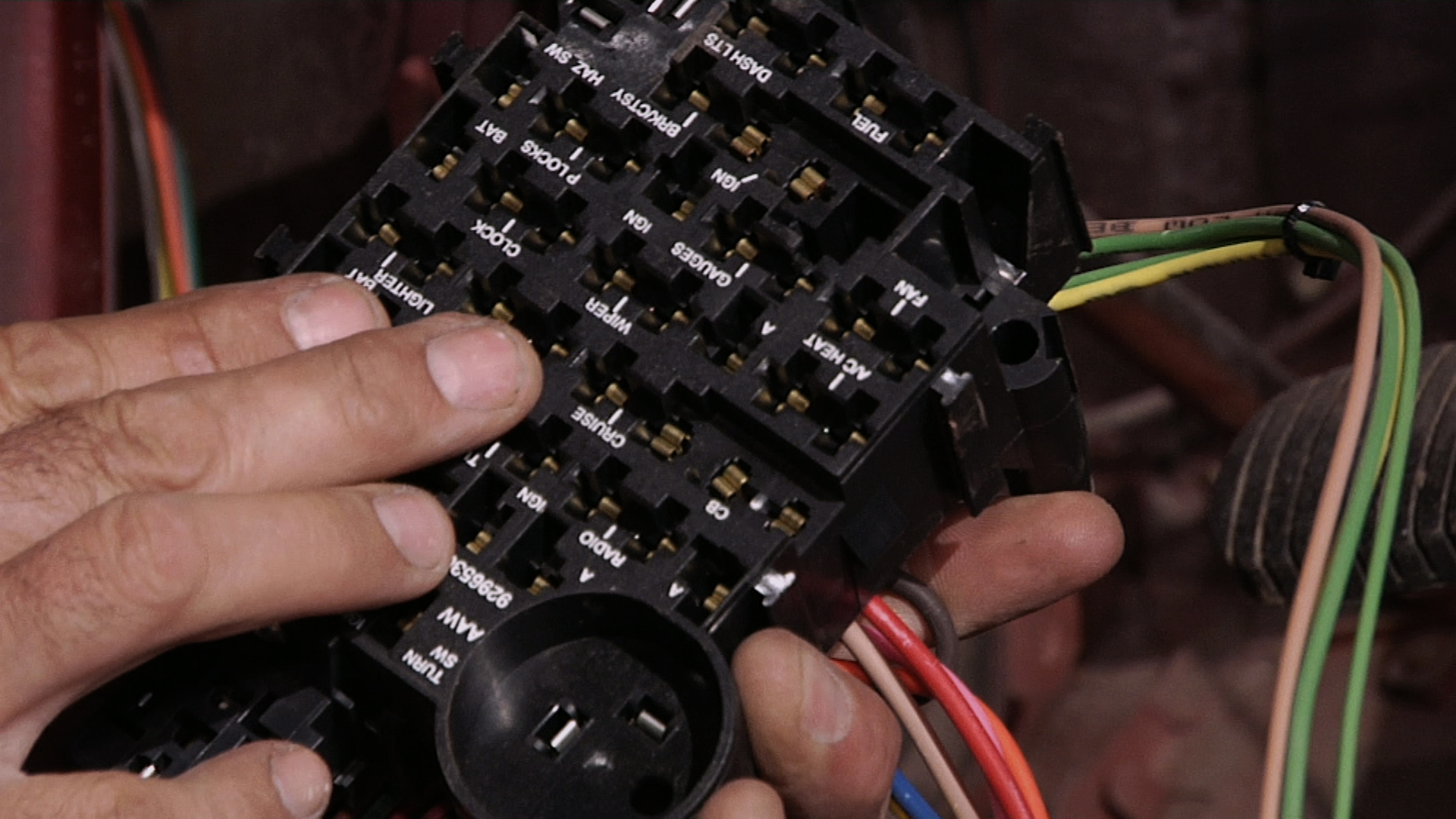
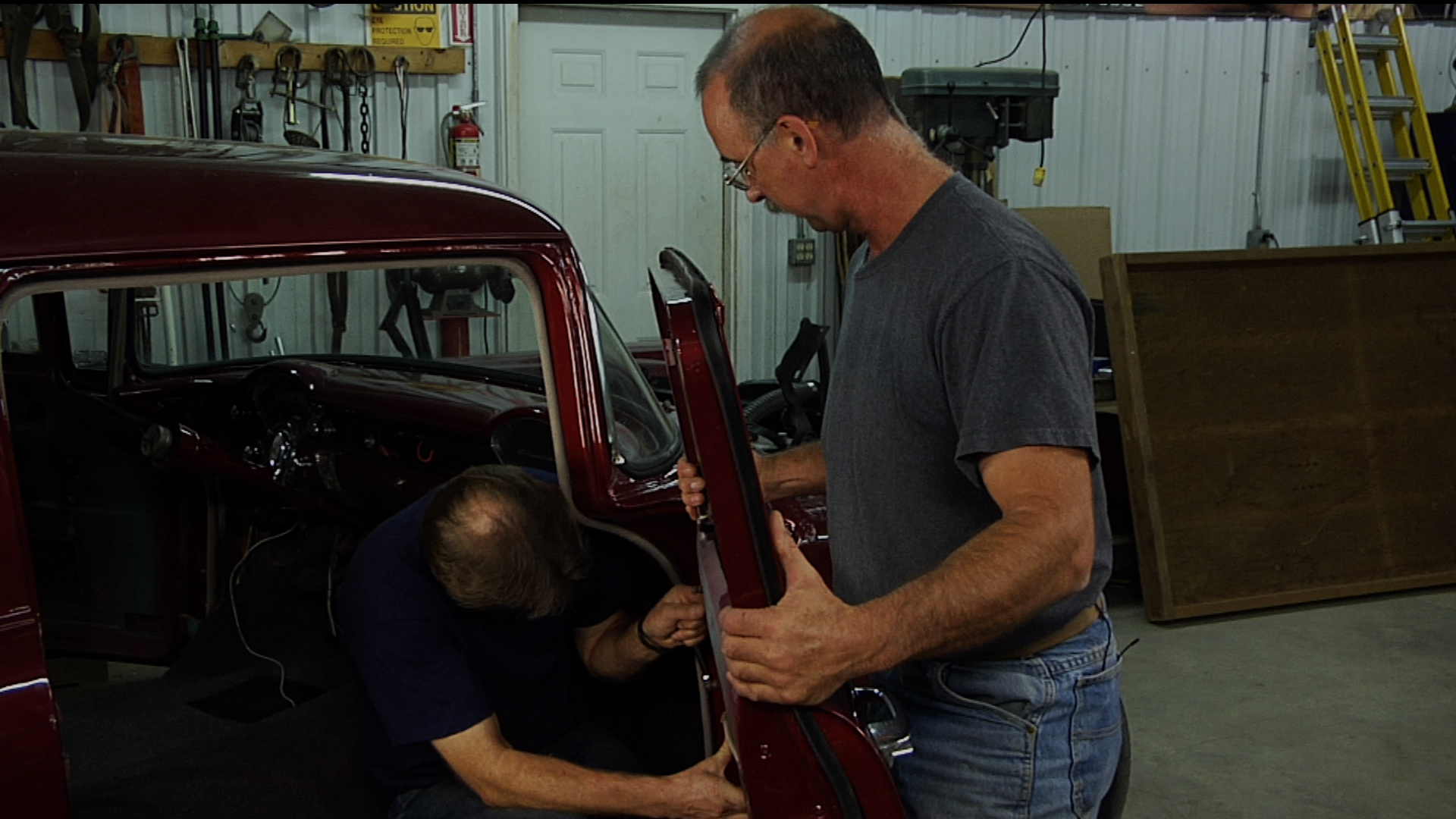
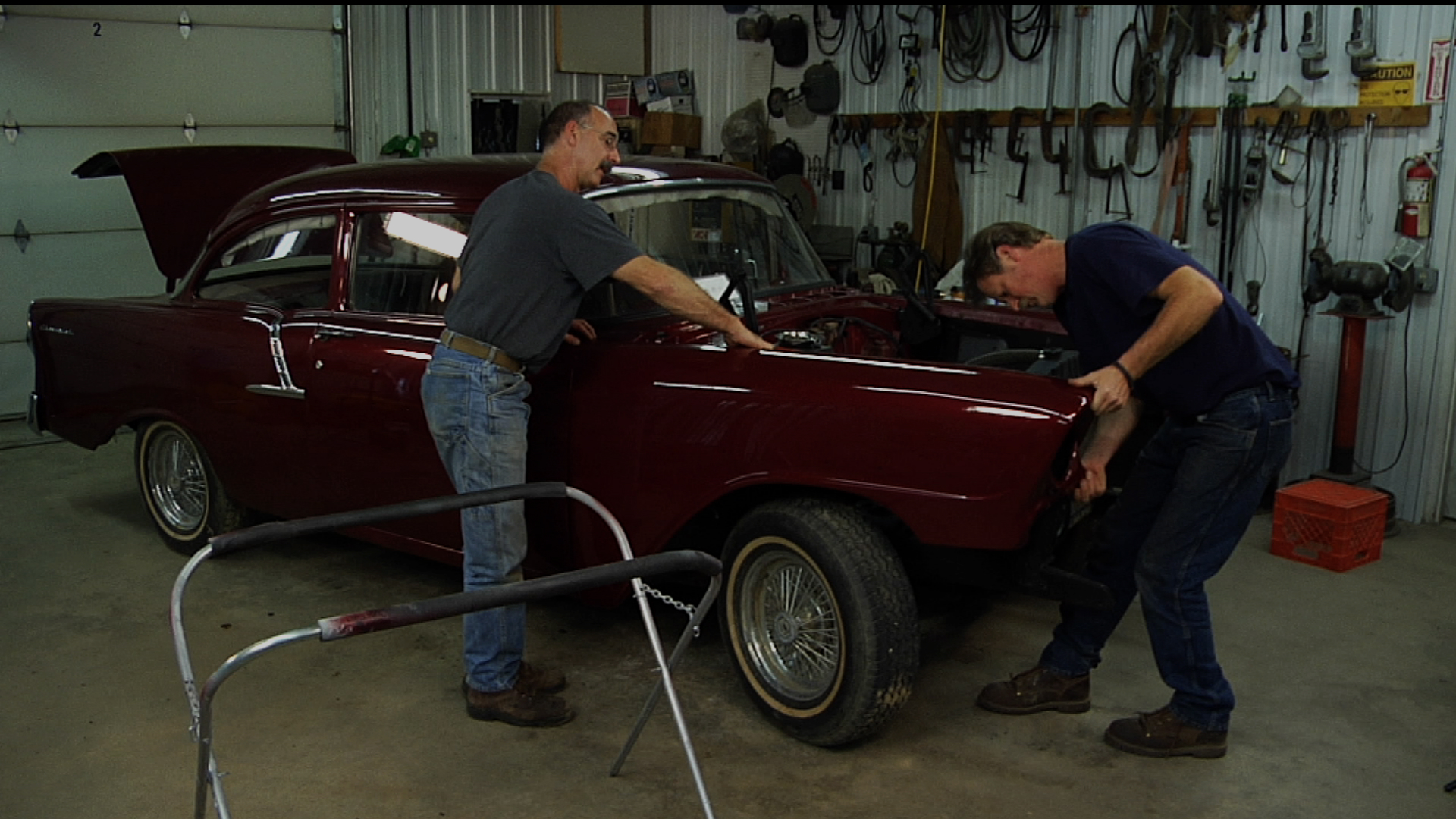
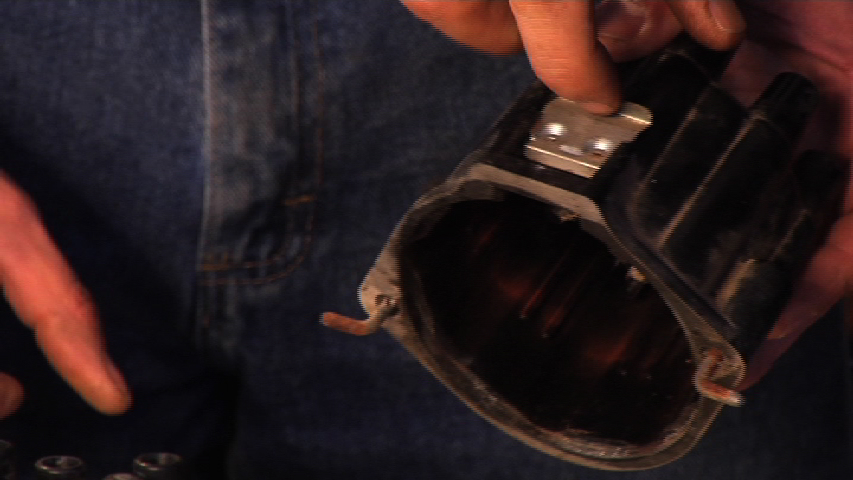
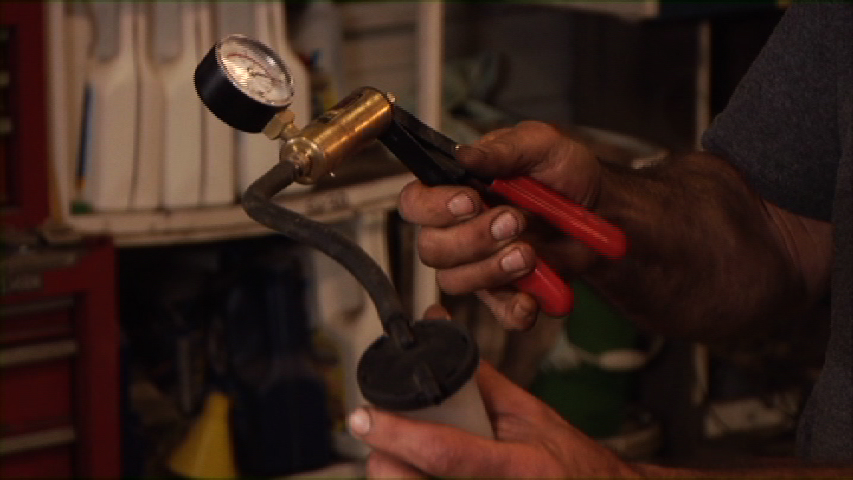
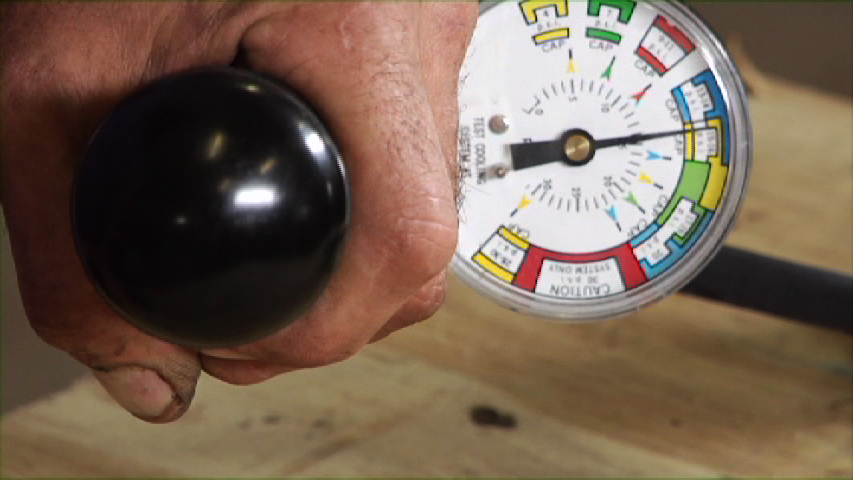
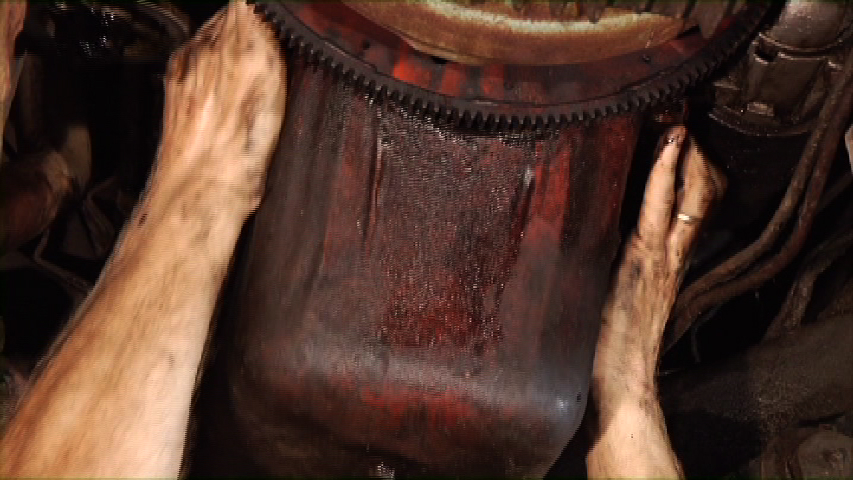
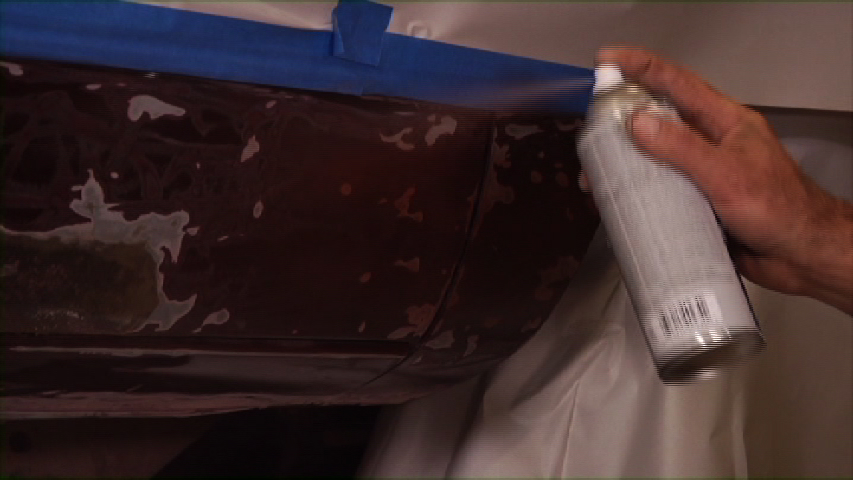
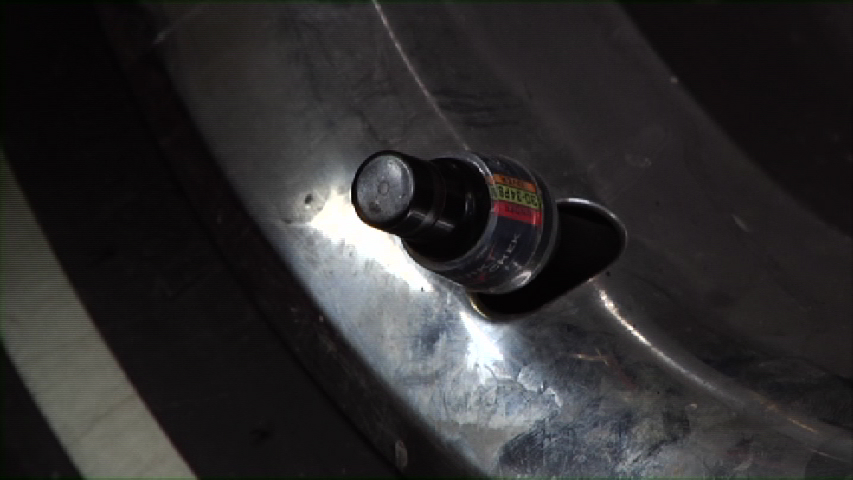
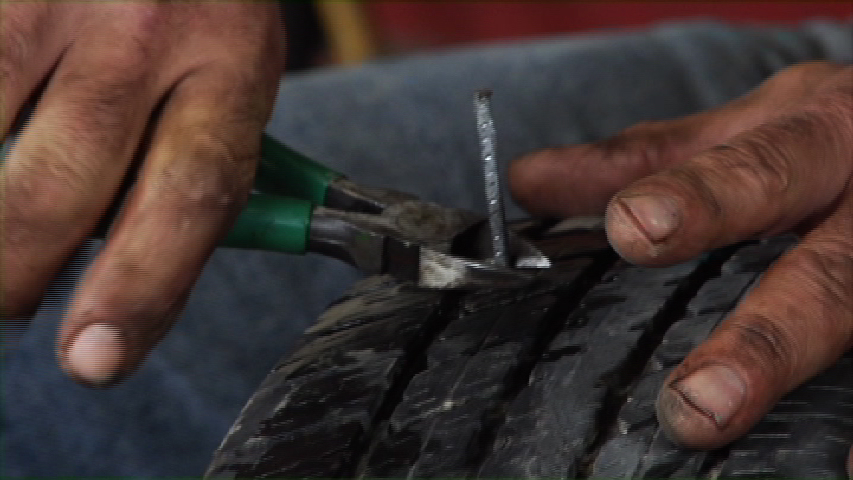
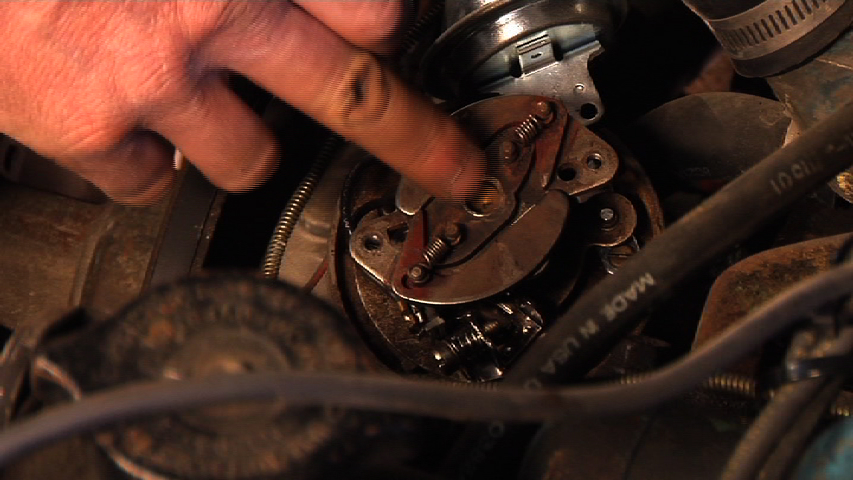
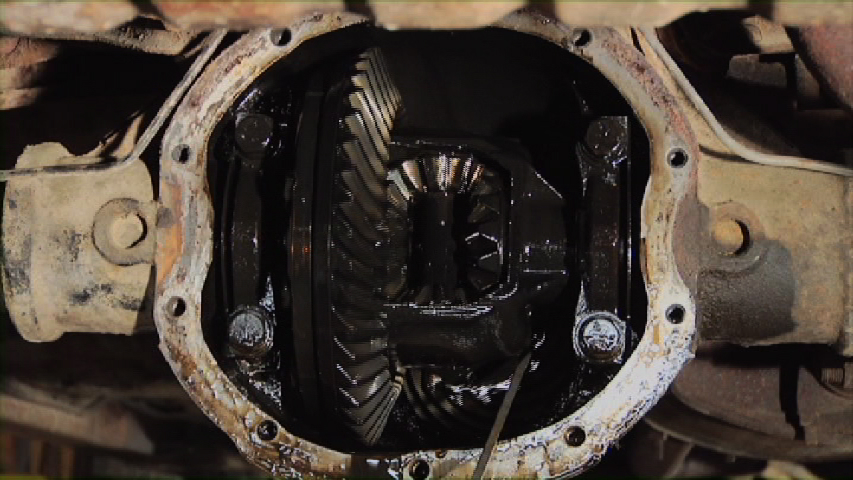
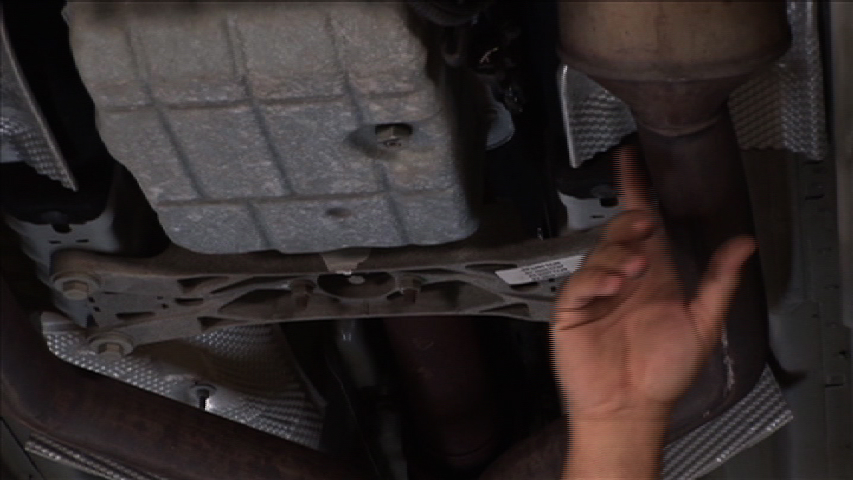
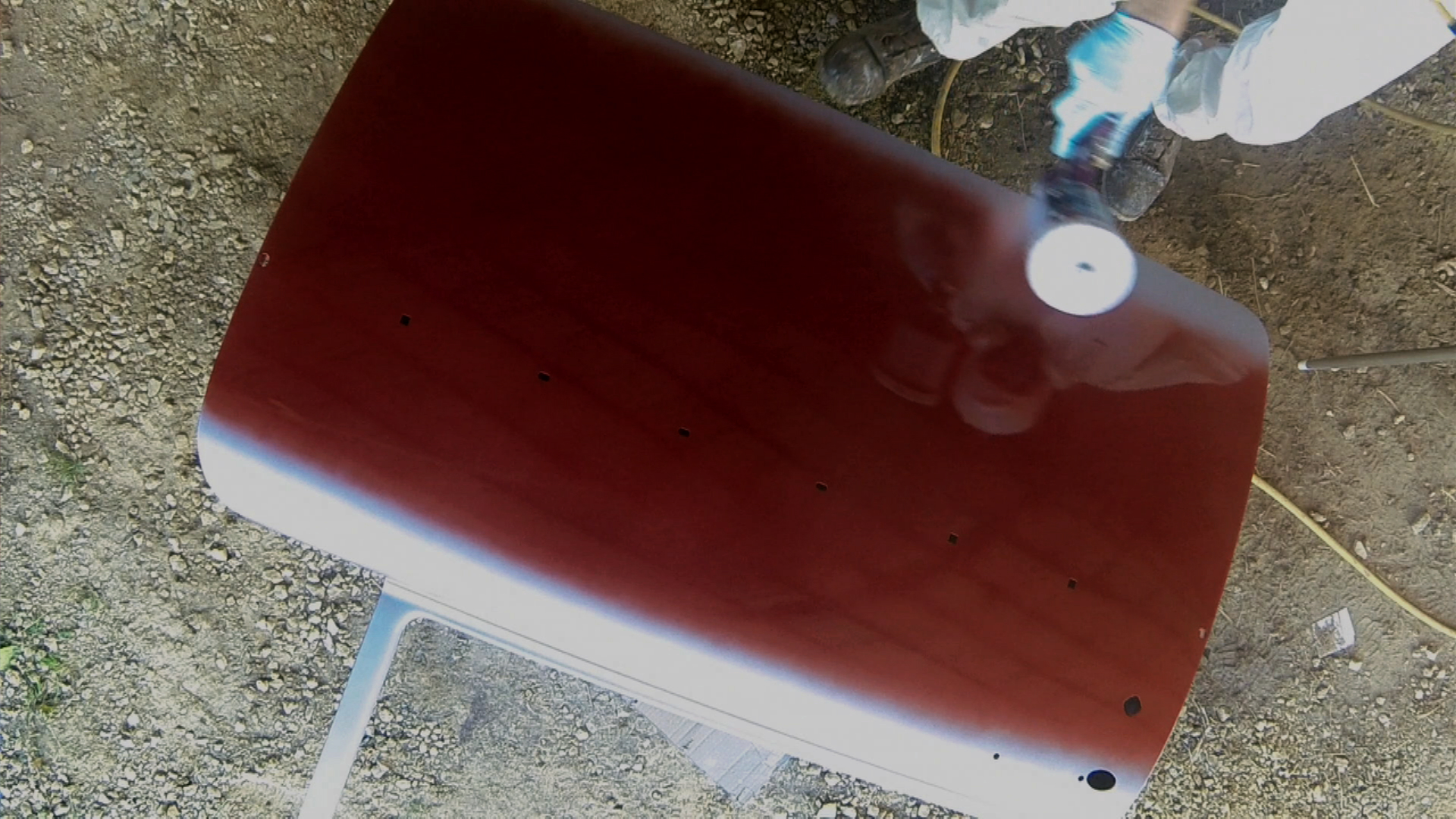
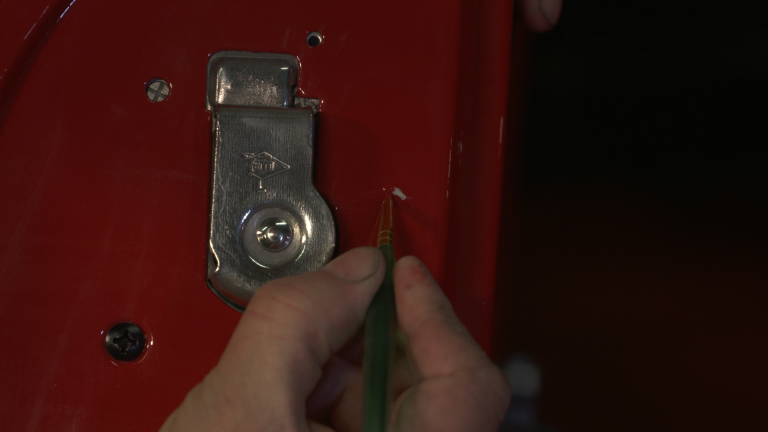
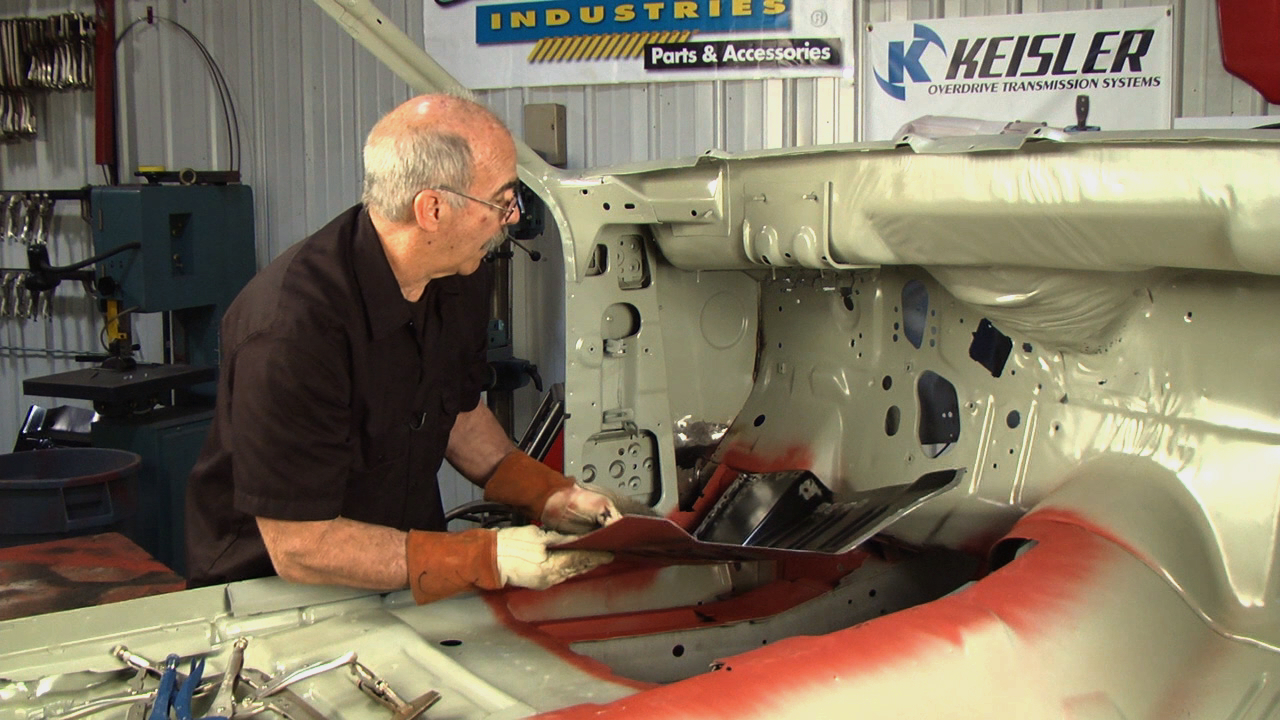
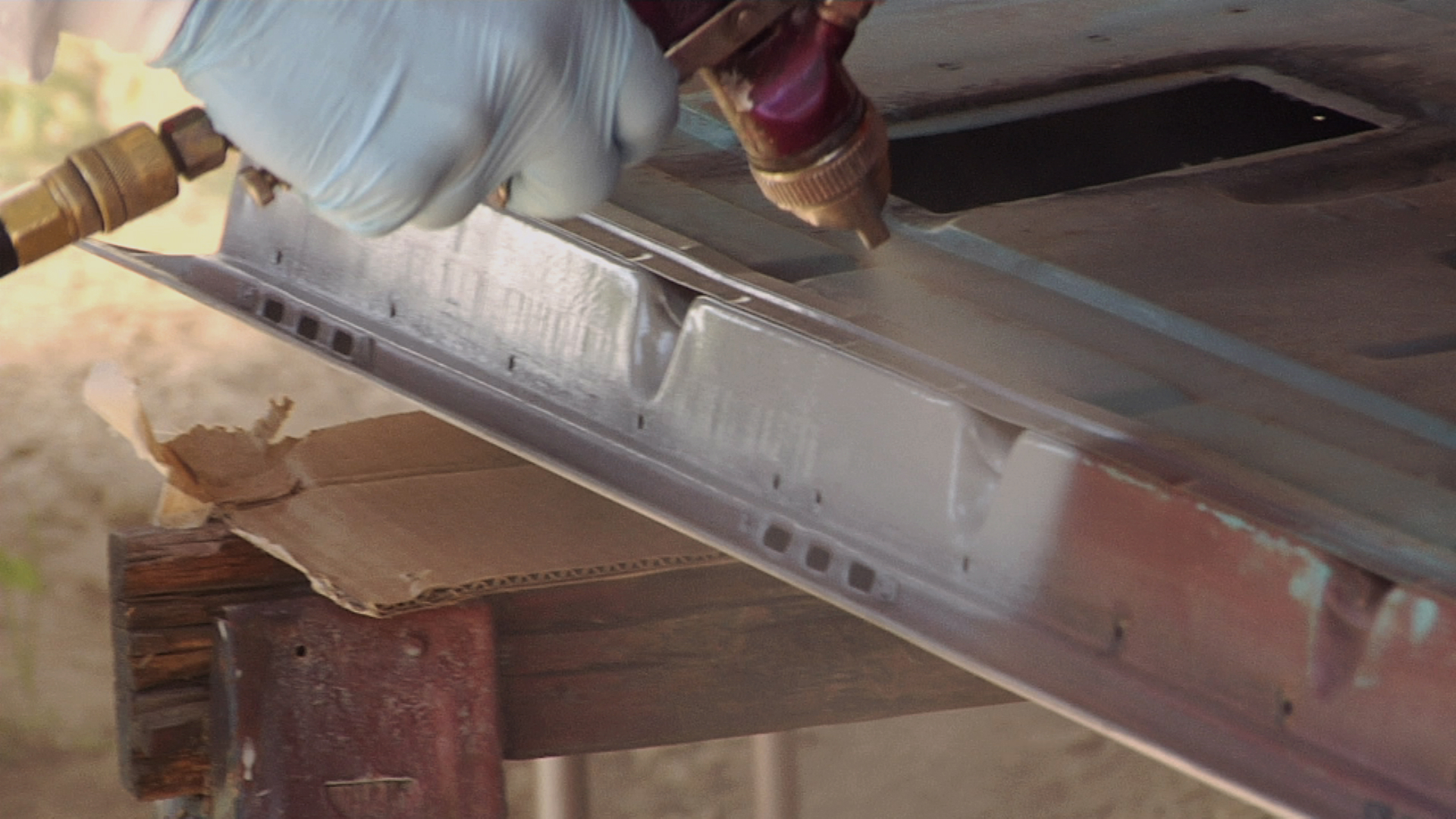
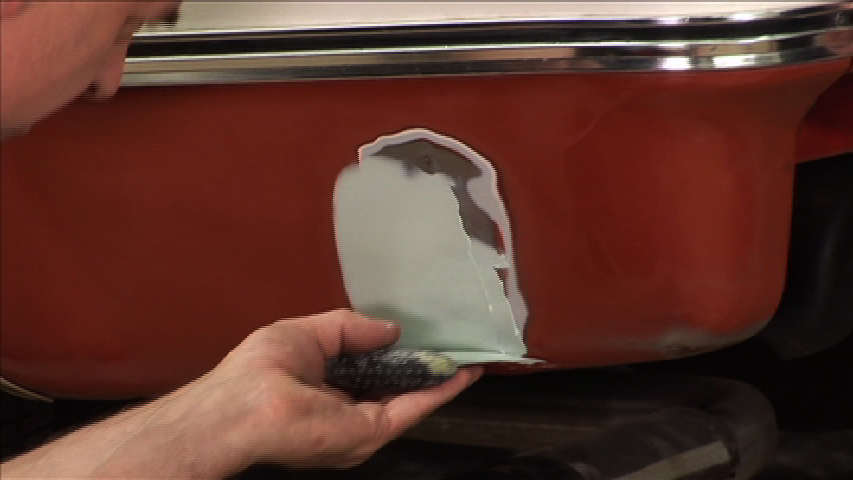
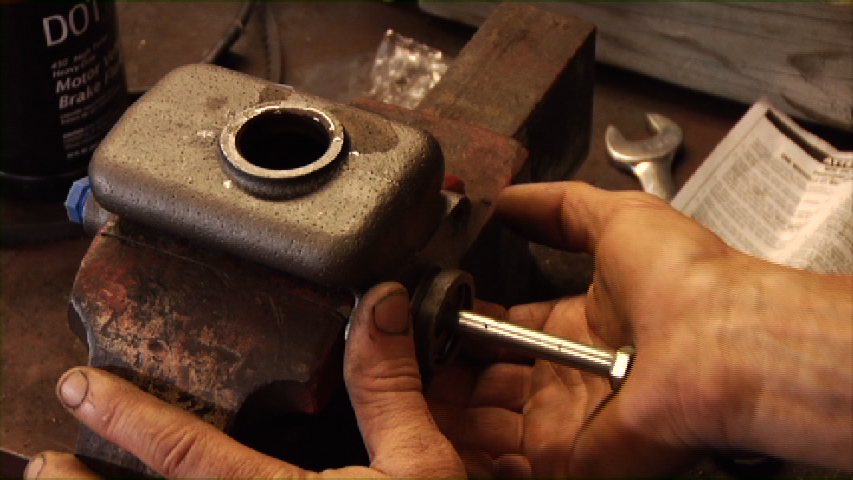
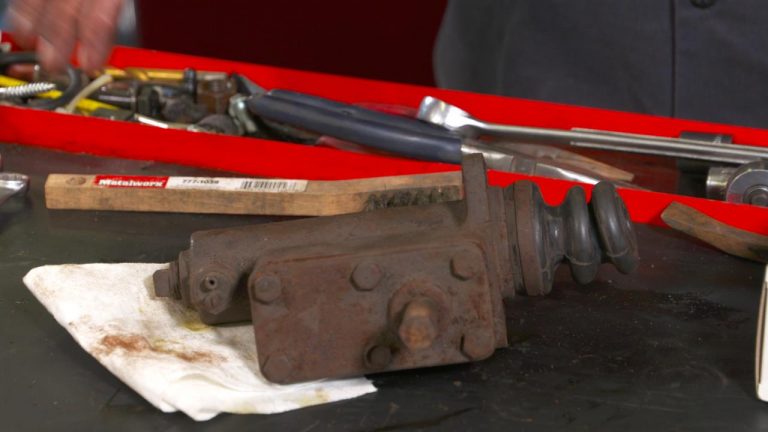
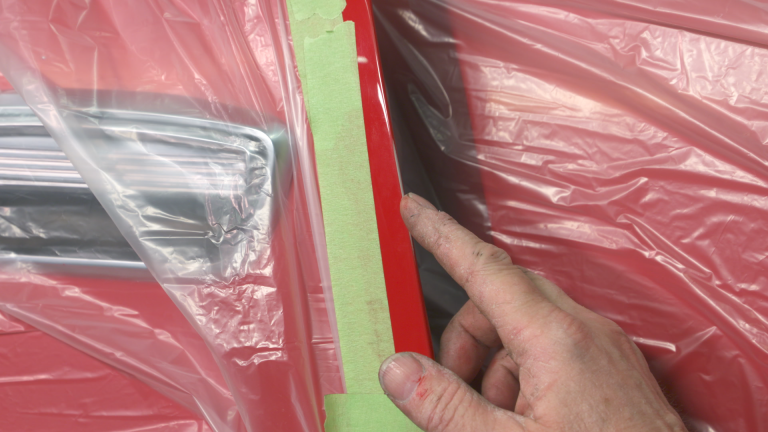
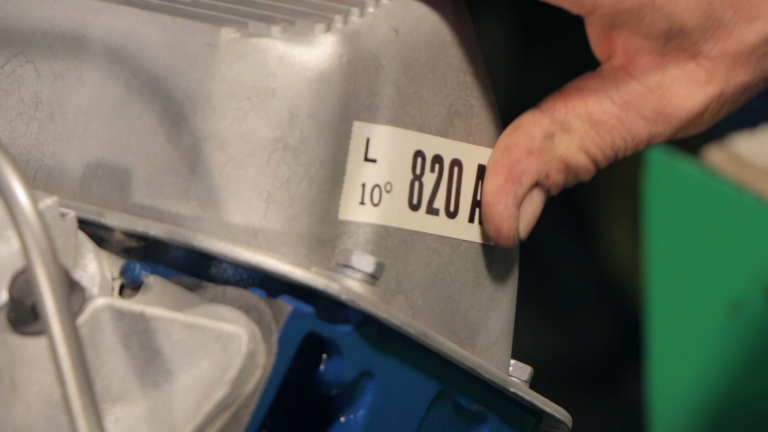
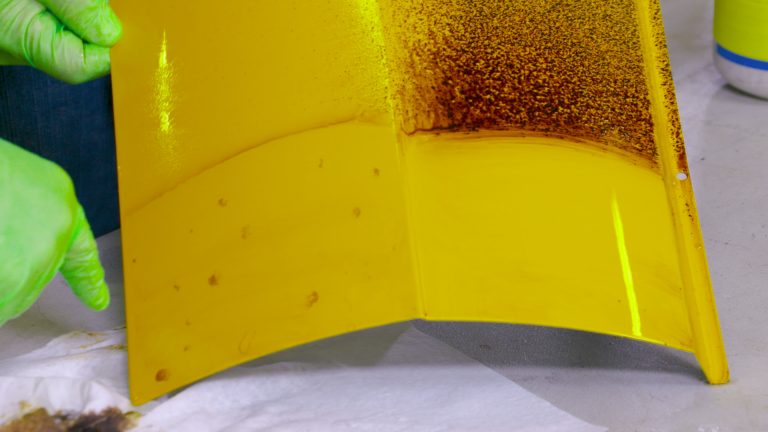
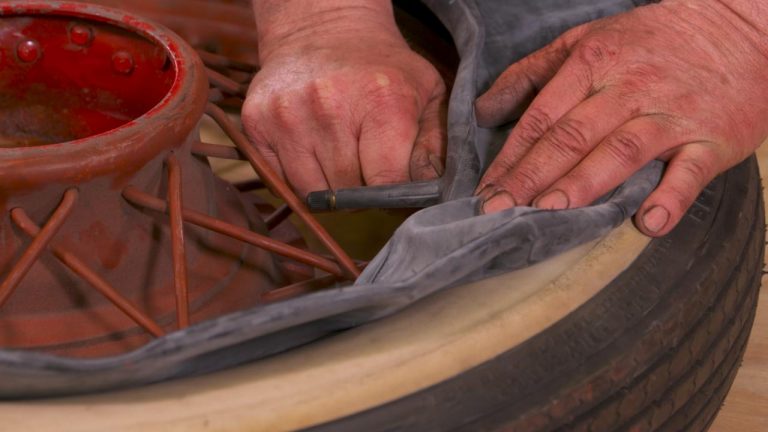
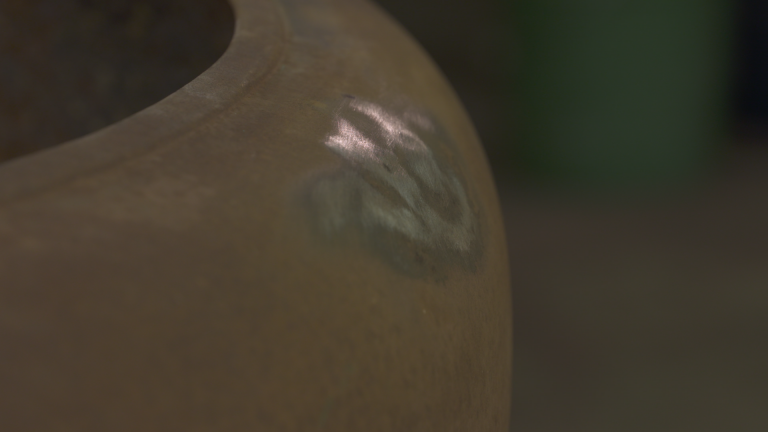
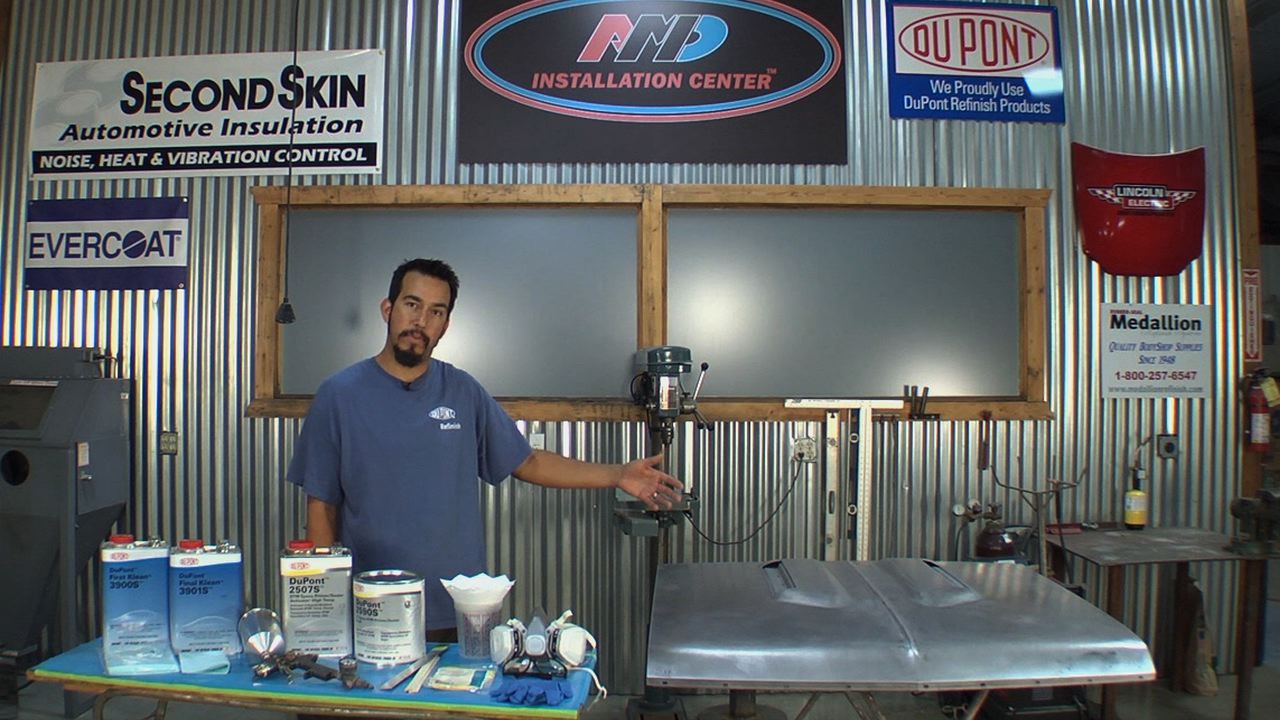
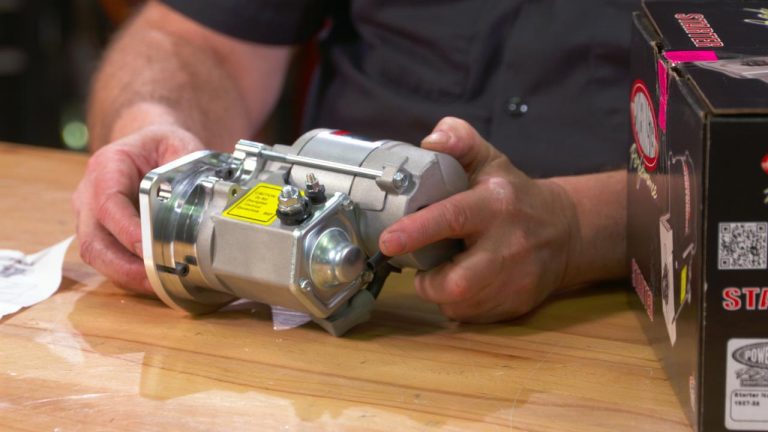
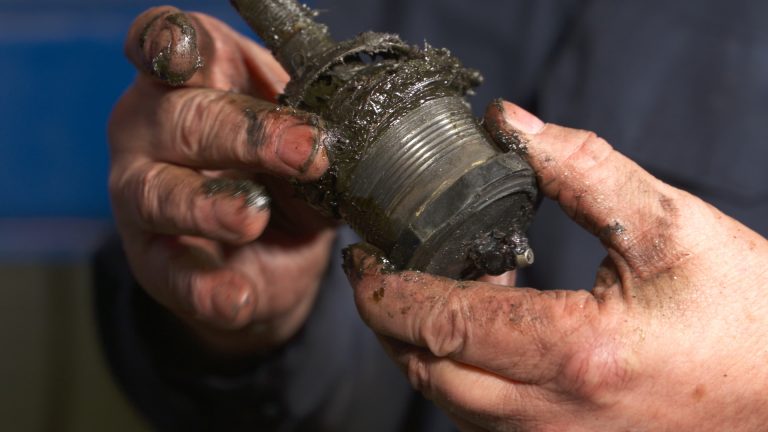
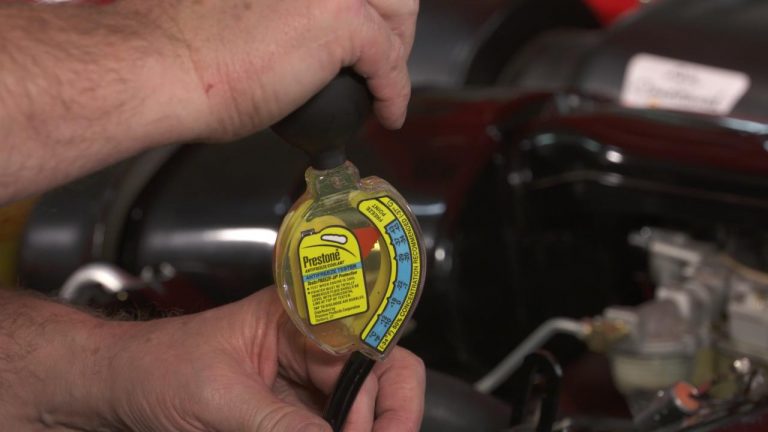
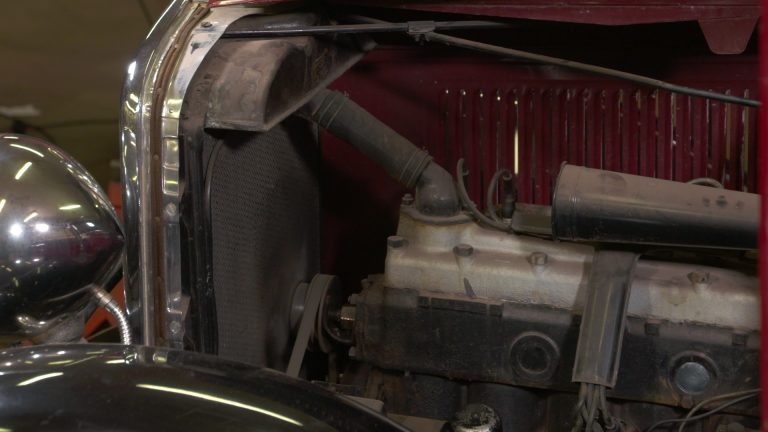
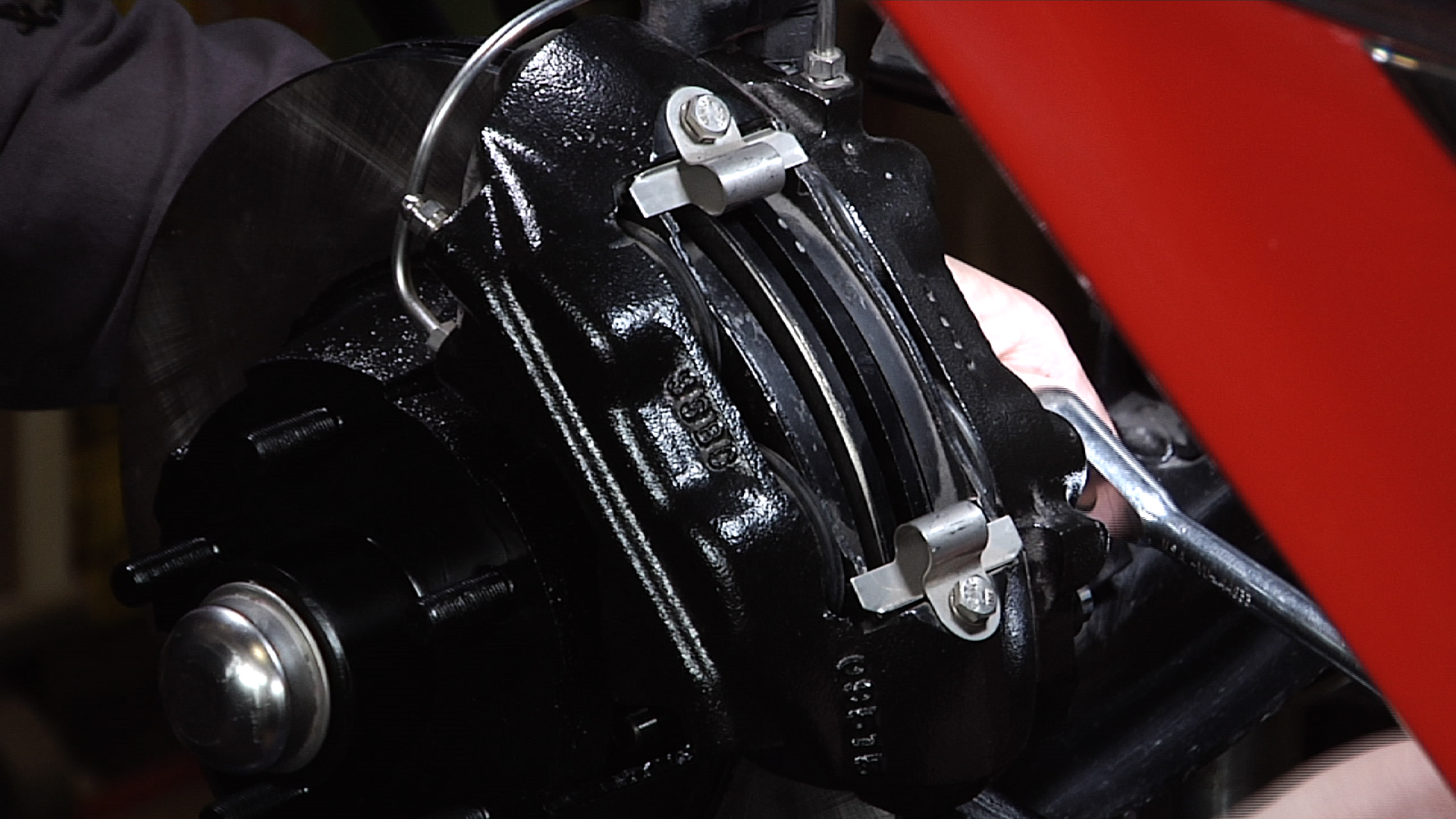
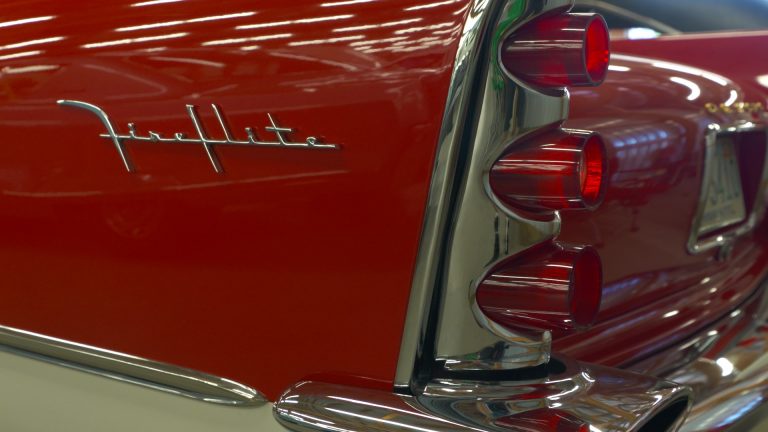
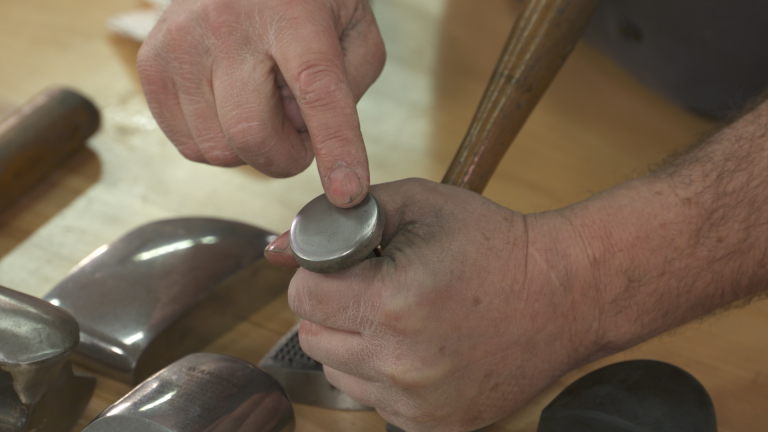
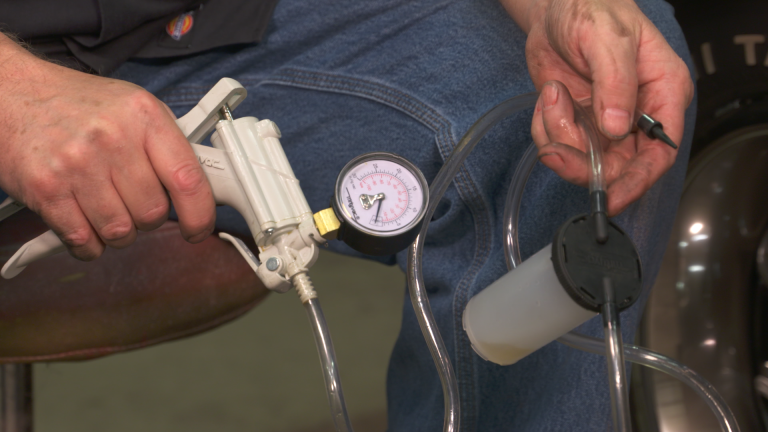
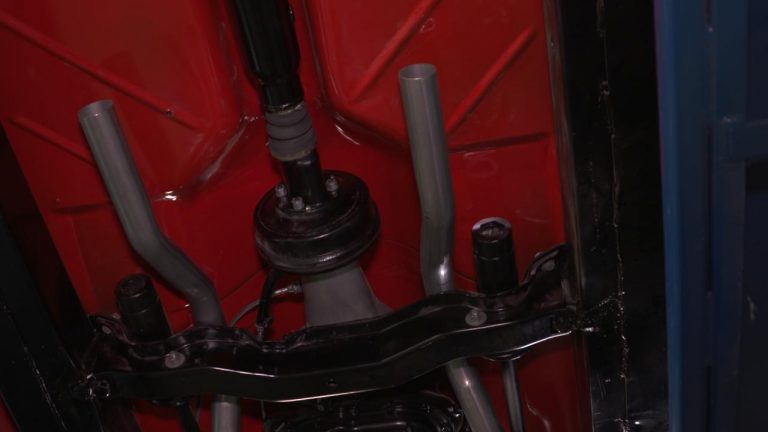
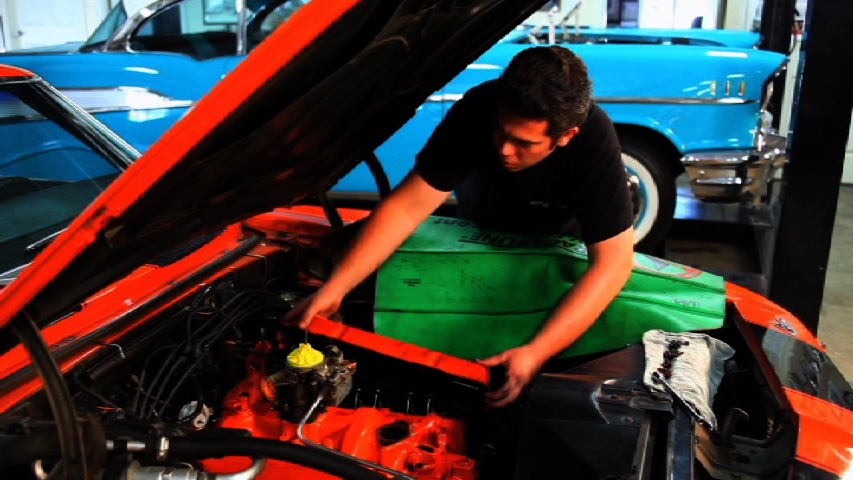
How much do those bleeder tools cost and where are they available to purchase??
When I hook the vacuum pump to my bleeder fitting, it sucks air in past the bleeder threads, so all I see are air bubbles continuously. Is there a way to prevent this?
The Four-Wheel Anti-lock Brake System (ABS) is an electronically otearped, all wheel brake control system. Major components include the power brake booster, master cylinder, the wheel speed sensors, and the Hydraulic Control Unit (HCU) which contains the control module, a relay, and the pressure control valves. When anyone of these malfunction the ABS Light will come on. Reference: